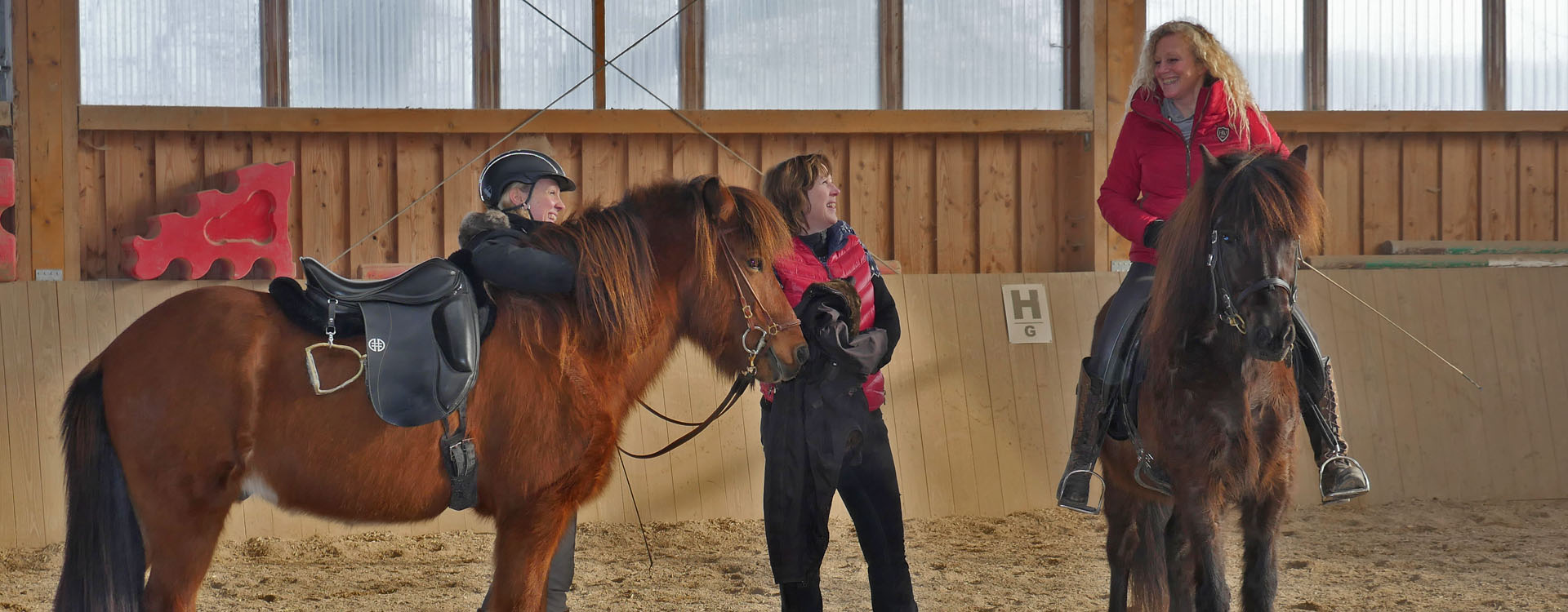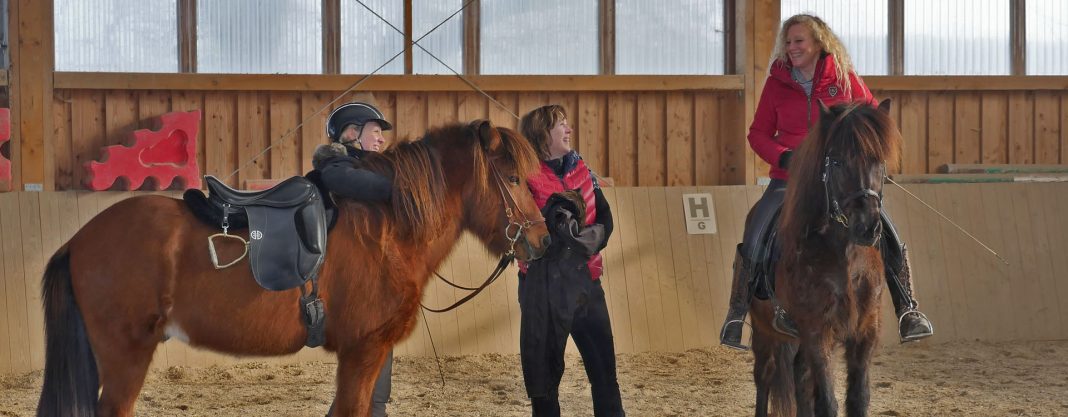 The recent Farnborough International Airshow showcased a notable absence of massive airplane orders, with the focus instead on the struggles faced by Boeing and Airbus in ramping up airplane production after the pandemic. These struggles, particularly in training new workers, are expected to persist for years, leading to headaches for airlines, suppliers, and manufacturers, as well as a shortage of new, fuel-efficient planes.
The recent Farnborough International Airshow showcased a notable absence of massive airplane orders, with the focus instead on the struggles faced by Boeing and Airbus in ramping up airplane production after the pandemic. These struggles, particularly in training new workers, are expected to persist for years, leading to headaches for airlines, suppliers, and manufacturers, as well as a shortage of new, fuel-efficient planes.
Boeing’s senior vice president of global supply chain and fabrication, Ihssane Mounir, acknowledged the industry’s failure to meet commitments in terms of timeliness and predictability. This has prompted airlines and suppliers to start making their own plans and second-guessing the manufacturers.
Airbus and Boeing will provide a roadmap of their production plans in their upcoming quarterly reports. Wall Street analysts anticipate another loss for Boeing in the second quarter, while Airbus has already cut its delivery targets for the year.
During the airshow, Boeing secured 96 orders and commitments, while Airbus had 266, a significant drop compared to the previous year’s Paris Air Show. However, both manufacturers are largely sold out of narrow-body jets like the Boeing 737 Max and Airbus A321neo for the next decade or longer. The backlog for Boeing stands at around 5,500 planes, while Airbus has over 8,000 on order. Many airlines, including United Airlines and Air India, have placed orders to replenish their fleets as travel rebounds from the pandemic.
Boeing’s presence at the airshow was notably modest, as the company focused on addressing its safety crisis and manufacturing issues rather than showcasing its commercial aircraft. Investors are eager to learn when Boeing will reach its production target of about 38 Max planes per month.
Meanwhile, Airbus introduced its new extra-long-range narrow-body plane, the Airbus A321XLR, which received certification from European regulators just days before the airshow.
One of the main challenges faced by both manufacturers is the shortage of parts, including landing gear, engine components, and complex cabin interiors. This scarcity has slowed down production, leading to delays in delivering more fuel-efficient planes to airlines. Airbus has taken a more hands-on approach, deploying over 200 supply chain engineers among its suppliers to address these issues and rebuild trust.
Boeing, in addition to supply chain issues, is also dealing with a safety crisis and manufacturing defects that have hampered output. The loss of skilled workers due to layoffs and early retirements during the pandemic has further exacerbated the situation. The manufacturers now face the challenge of training new workers, which is expected to take three to five years. Industry consultant Kevin Michaels suggests that wages need to be reset to make the aerospace industry more attractive to workers. Mounir acknowledges the issue of lower wages and believes that Boeing should invest in training to alleviate the burden on smaller suppliers.
Looking ahead, there is a possibility that more aerospace work will move abroad, where labor is more readily available. This could have implications for the U.S. aerospace industry in the long term.
Overall, the struggles faced by Boeing and Airbus in ramping up airplane production, training new workers, and addressing supply chain issues have created challenges for the industry. However, efforts are being made to overcome these obstacles and rebuild trust with suppliers. The airshow served as a platform to highlight these challenges and explore potential solutions.


